With cloud computing, the opportunity is clear. Public IT cloud revenue will grow to more than $70 billion by 2015. Even more significant, innovation enabled by the cloud will generate more than a trillion dollars in revenue over the next few years according to one estimate, and will create millions of jobs around the world. … Read More >>
Tag: trade
When “Security” Regulations Overreach
Cybersecurity has justifiably become a front-burner policy concern for governments around the world. But what happens when security regulations are effectively used to bolster the prospects of local firms at the expense of foreign competitors? We are starting to find out, especially in emerging markets, where many governments have recently begun implementing security-related measures that … Read More >>
Manipulating Technology Standards to Impede Competition
The point of having standards is to create a consistent set of rules, or models, for all parties to follow. That point seems to be lost, though, on governments in many emerging markets. When it comes to technology, countries like China and India are trying to create their own patchwork of unique standards — many … Read More >>
The New Wave of IT-Focused Trade Barriers, Another Case Study: Discriminatory Procurement Policies
Earlier this month, a bipartisan group of US lawmakers sent a letter to the Indian government, expressing alarm at “unprecedented interference” in the procurement processes of government and commercial entities in India. The letter stated, in part, that “This policy will undermine investor confidence and would be inconsistent with India’s international obligations, as well as, … Read More >>
The New Wave of IT-Focused Trade Barriers, a Case Study: Regulatory Obstacles to Cloud Computing
This week BSA released “Lockout,” a report that shows how a new wave of IT-focused trade barriers threaten to keep global companies out of critical emerging markets — and how the actions of big markets like China and India signal a domino effect, with other emerging economies following suit. The report describes five distinct types … Read More >>

